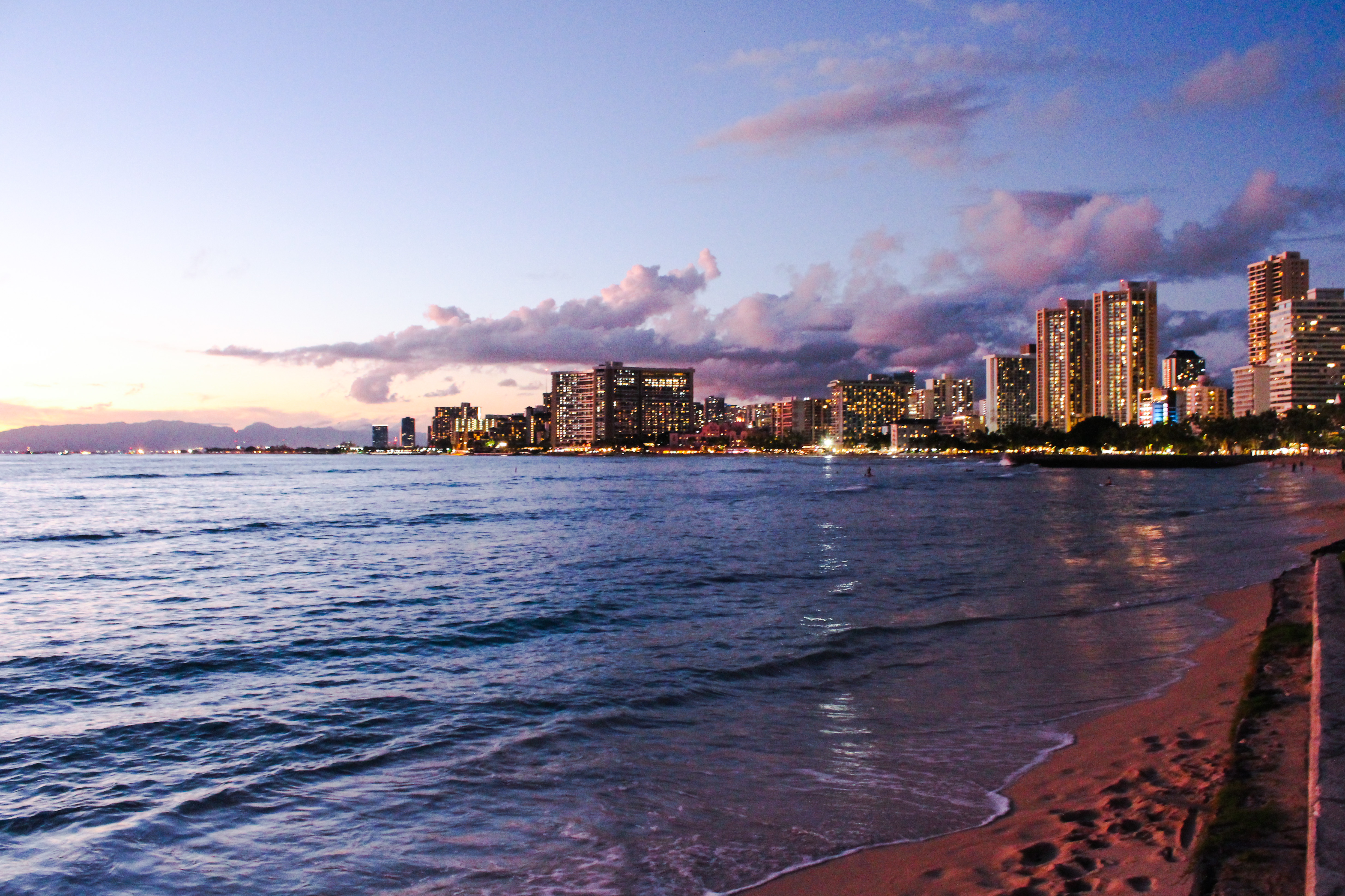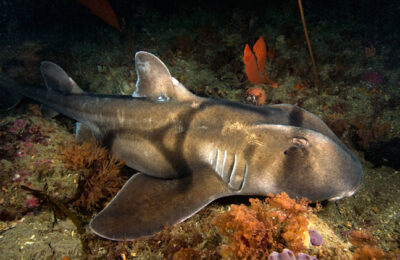Article: Moore, G.W.K., Vage, K., Pickart, R.S. and Renfrew, I.A. (2015), Decreasing intensity of open-ocean convection in the Greenland and Iceland seas, Nature Climate Change 5, 877-882, doi:10.1038/nclimate2688
Background:
The Atlantic Meridional Overturning Circulation (AMOC) has been a hot topic in climate science, and is simply a large-scale pattern describing the movement of water in the North Atlantic (Fig 1). Warm, salty tropical water is moved towards the north pole where it cools and becomes more dense. The water mass sinks due to the increase in density and slides back to the tropics. AMOC is responsible for transporting an enormous amount of heat to both the ocean and the atmosphere (heat flux) in the upper latitudes.

What role does sea ice play in AMOC? The warm, salty water transported from the tropics is most strongly cooled where sea ice meets the open ocean. The cooling of the ocean results from heat flux from the ocean to the cold, dry atmosphere in place over the sea ice. Cold water is denser than warm water, and thus the cooling of the ocean causes it to sink. Sea ice plays a major role in AMOC because of the strong cooling effect it has on the surface ocean. A reduction of sea ice diminishes heat flux to the atmosphere and the cooling and sinking of water, which weakens AMOC.
In response to climate change, sea ice today is at a historic minimum, levels that have not been experienced since the 1200s A.D.! Over the twentieth century, however, sea ice has greatly fluctuated in response to naturally warm (e.g. 1920s – 1940s) and cool (e.g. 1960s to 1970s) intervals. With an understanding of the important role that sea ice plays in AMOC, and the consequences of reduced AMOC on global climate, the authors of this study sought to understand and quantify how the concentration of sea ice affects convection (sinking of water masses) in the Greenland and Iceland Seas.
Methods:
The authors of this study first looked at the average wintertime sea ice concentrations (Fig 2), heat flux and other climate conditions from 1958 to 2014 (Fig 3) in the Greenland and Iceland Seas. The authors calculated an average autumn (October-November) potential density profile for the Greenland and Iceland Seas over a period of 35 years (1980-present) using data collected by oceanographic profiling floats (Fig 4). The calculated potential density profiles reveal information about how likely convection (sinking of watermasses) is to occur, and to what depth. The more vertical a potential density profile, the more likely water is to sink. Using their density profiles as a starting point, the authors ran climate models to understand how different amounts of heat flux affect wintertime convection.


What did they find?
Coming as no surprise, the twentieth-century maximum sea ice extents were found to coincide with the documented cool period lasting from the 1960s – 1970s. Following the sea ice maximum, ice immediately vanished from the Iceland Sea gyre (black outline, Fig 2d), whereas sea ice remained present in the Greenland Sea gyre until the mid-1990s (red outline, Fig 2d). The patterns of heat flux were found to be variable from 1958 to 2014; however, when separating out the variability, the long term trend shows decreasing heat flux that coincides with the timing of vanishing sea ice from each respective sea (Fig 3). From 1979 to present, there has been a 20% decrease in heat flux. This decrease in heat flux is being caused by climate change which is causing the atmosphere to warm more quickly than the ocean.
To understand the ocean’s response to the 20% reduction in heat flux, the authors turned to a climate model. The authors defined the starting conditions of the models by using the autumn (October and November) density structure of the Greenland and Iceland Seas and averaged from 1980 to present (Fig 4). They ran the model forward to observe how the upper 1500 m of the Greenland and Iceland Seas evolve during the winter.

The mean autumn density structure of the Greenland Sea was less stratified than the Iceland Sea. Less density stratification means that the water at the surface is close in density to underlying deeper water; density does not drastically change with depth. Conversely, oil floating on water can be though of as highly stratified, due to a very large difference in the densities of oil and water. The oil is highly resistant to sinking due to the much lower density of oil. In the case of the Greenland Sea, less density stratification means that the mixing and sinking of surface water happens more readily than the more stratified Iceland Sea.
The authors tested how the seas responded to different amounts of heat flux. In the Iceland Sea, progressively increasing heat flux led to a progressive increase in convection depth (the depth to which surface water will sink). The Greenland Sea had a much more interesting response to increasing heat flux with greater implications. Increases in heat flux did not strongly increase the convection depth until a threshold was reached (150 W/m2). Above this threshold, the depth of convection increased much more rapidly with subsequent increases in heat flux.
Why is this important?
The observed 20% reduction and negative trend in heat flux suggests that convective depths in the Greenland and Iceland Seas are becoming shallower, which means that surface water can no longer sink to normal depths. The Greenland Sea is an important region for the formation of intermediate waters (water that increases in density and sinks to intermediate depths). The Iceland Sea is an important region for the formation of deep water masses that are critical to the AMOC. Previous studies have implicated freshwater input in to the North Atlantic due to the melting Greenland icesheet as a cause of slowing AMOC. This study presents a new mechanism, reduced heat flux, which drives the slowdown and is entirely independent of freshwater input.
Scientists have reported that a slowdown in the AMOC has global climate impacts, the strongest of which are felt by North America and Western Europe. The Gulf Stream is a major current in the AMOC and plays a role in moderating the climate in these regions. Slowing AMOC could lead to cooling in these regions as normal heat distribution is disrupted. Additionally, weakening currents could spell disaster for fisheries and marine ecosystems. Sea level rise along the U.S. east coast could also abruptly increase with a significant enough slowdown of AMOC. There is growing consensus that the AMOC has been reduced by 30% during the 20th century, and will continue to slow with increasing atmospheric concentrations of greenhouse gases.
I am a recent graduate (Dec. 2015) from the University of Rhode Island Graduate School of Oceanography, with a M.S. in Oceanography. My research interests include the use of geophysical mapping techniques in continental shelf, nearshore and coastal environments, paleoceanography, sea-level reconstructions and climate change.


